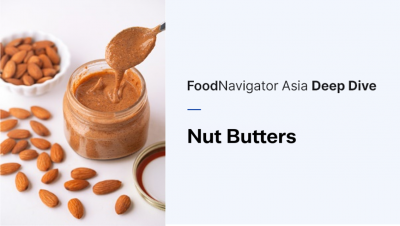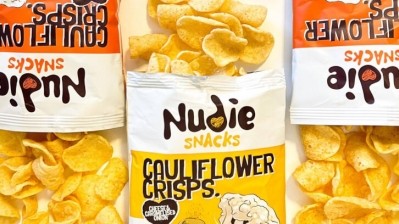‘A natural journey’: Freshness and clean label crucial combo to nail flavours in processed foods

The rising demand for convenient food and beverage options can lead products that tend to be highly processed, but at the same time consumers also want items that are as fresh, nutritious and natural as possible.
This has led to the birth of a paradox of sorts, which now requires food and beverage brands to ensure that the products put on shelves can meet both ends of this spectrum.
“We consider there to be four groups of food items, with Group One being the completely fresh and raw items like fruits and vegetables, Group Two being the seasonings such as salt and sugar, and Group Three being some form of combination of these two groups,” Symrise President APAC Kapil Sethia told FoodNavigator-Asia at the opening ceremony of the firm’s new natural-focused R&D premises Enhanced Naturals in Singapore.
“Group Four on the other hand is formed after a bit more processing where the final product no longer physically resembles those in Group One – the challenge is here as consumers definitely still want these to taste similar to the Group One foods in terms of flavours and aromas, and also want the natural aspect of these to shine through.”
Examples of Group Four items can include products such as peanut butter (which no longer physically resembles its Group One base ingredient peanuts) or cheese (which no longer physical resembles milk).
“So what we have done is develop technology that is able to tackle the freshness element for the flavours that go into the products after extracting these from natural elements, so when the consumer eats a potato chip for example, they will be able to not only have that crispness that is so closely associated with freshness, but also the flavour they expect [from, say, a chicken or onion] which are Group One foods.
“Group Four products will always exist as consumers will always want some form of enjoyment in their diets, so the aim is really to make these less processed per se and to taste and resemble foods in Group One as closely as possible so the natural element really stands out.”
Flavours that convey freshness alone are no longer enough to satisfy many APAC consumers today however, as more and more people are playing close attention to product labels, requiring food brands to keep these understandable and as short as possible as well in order to ensure consumers still feel safe when consuming these.
“Clean label is really where the intersection of taste and health lies, especially with consumers increasingly looking closely at the ingredients and composition of their food products, including processed and packaged foods,” Sethia added.
“So we have things like nut snacks which may have just nuts and salt on the ingredient label; as well as a biscuit that has a list of 15 ingredients on the label – and in the context of what consumers are doing today, many are likely to choose the former.
“So really it now falls to food firms to look at how to make products less processed, and using natural flavours and ingredients is an important way to do this – even shortening the ingredient list from 15 to 10 items for example can make a big difference, and even more importantly if the additives can be essentially replaced with natural ones that consumers are familiar with and use in their kitchens daily, this can have a very strong positive impact.
“There are also other aspects of looking at this, such as a case study we have done with cheese before where the companies wanted to reduce dependence on traditional ingredients with a rise of vegan consumers or consumers wanting to reduce dairy consumption – this can have impacts for manufacturers in many areas from instant noodles to snacks, and we developed dairy free cheese from natural ingredients as part of those collaborations.
APAC’s natural journey
Although natural products are definitely gaining in popularity with health conscious consumers within the APAC region, the traditional emphasis on product affordability and likely consumption cultures means that it still is not yet quite as mature as markets in the west.
“Naturalness is really a journey here in APAC – it is very difficult to predict the speed of conversion amongst consumers here, but things and trends here are known for accelerating very quickly once they catch on,” he said.
“So the key here is really that we in the food industry have to be prepared whilst the journey is ongoing for consumers and brands to decide how natural foods are positions, and to match the perceptions between industry and the consumers as well.
“Today we can emphasise freshness, authenticity and naturalness, but tomorrow we could quite suddenly need to emphasise sustainability instead, so the idea is really to be prepared and present in all these areas from the present.”






















